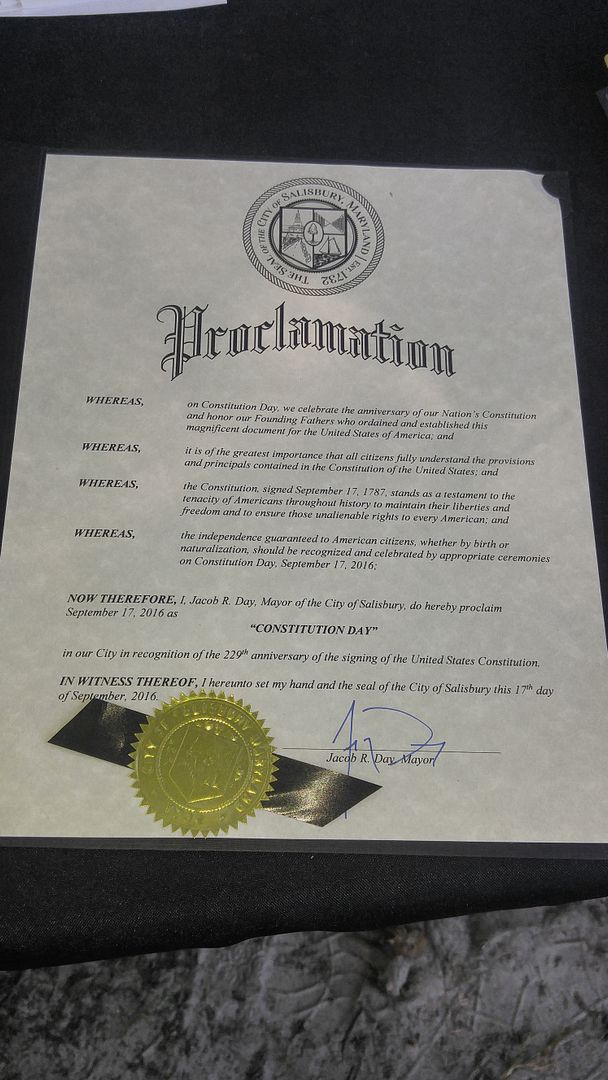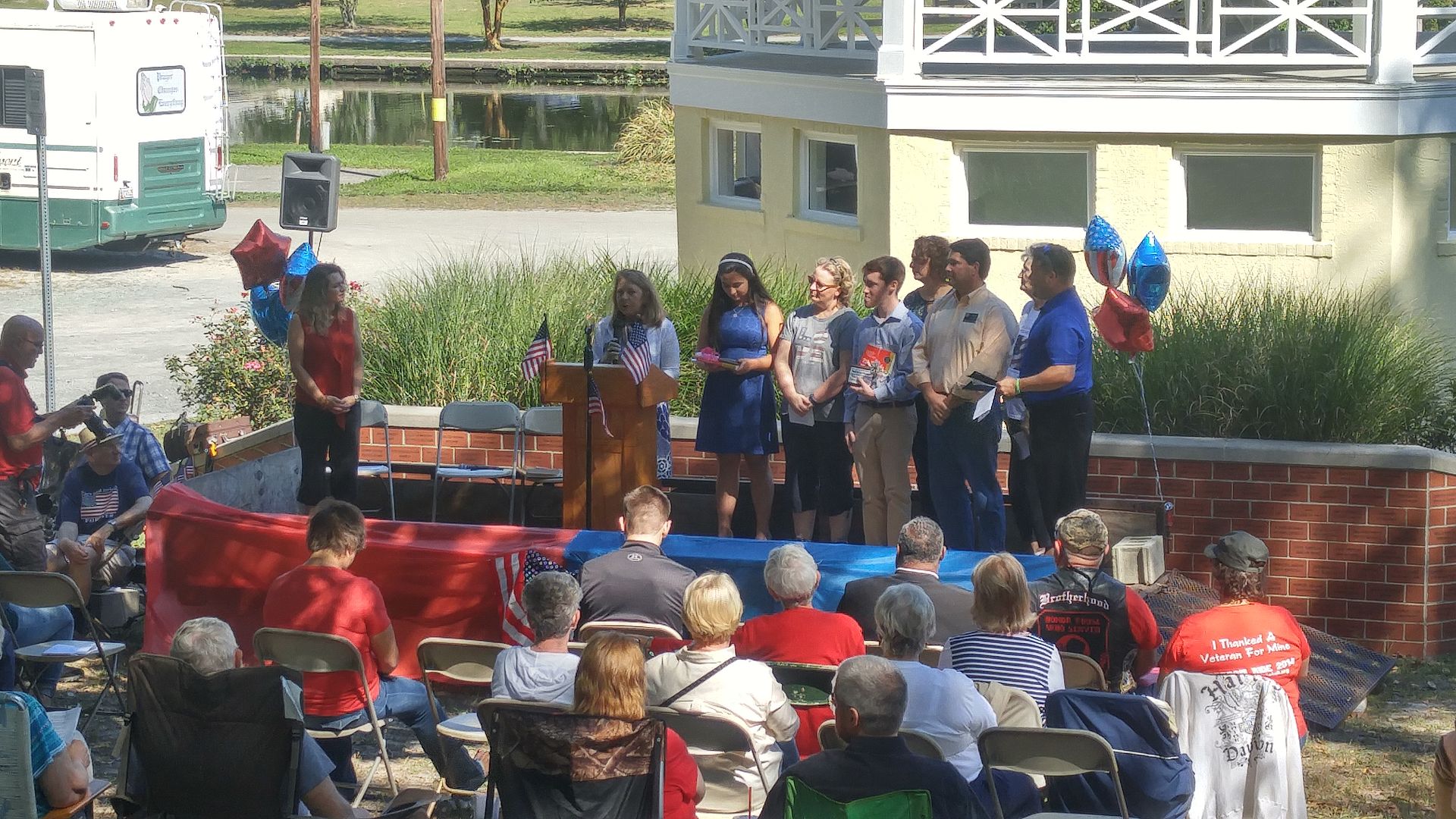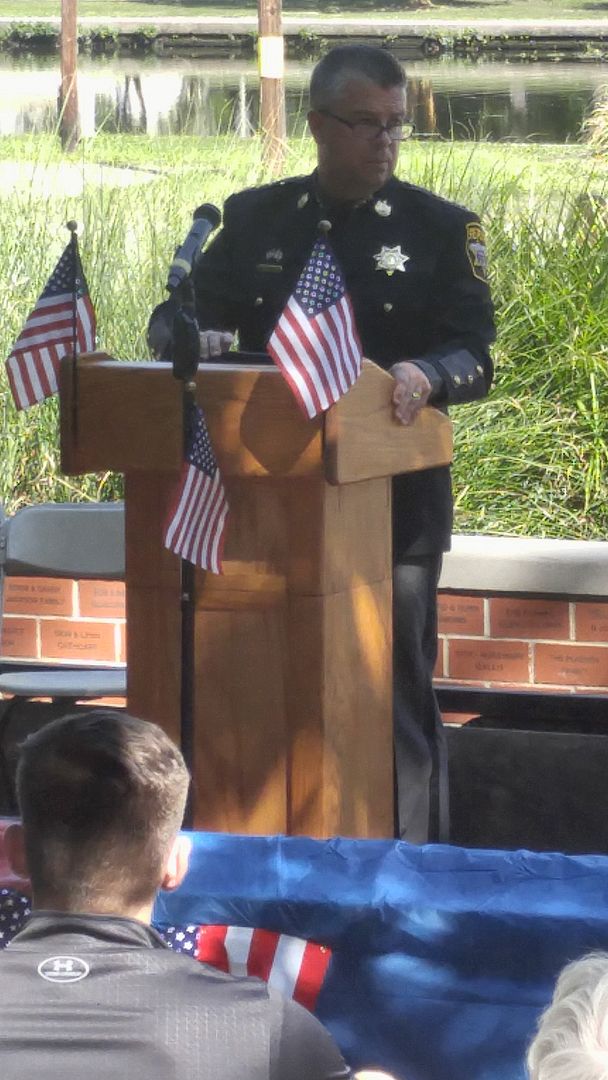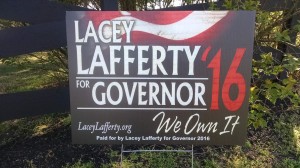As you likely are aware, Thursday evenings during the summer were reserved for my Shorebird of the Week feature. But tonight, and ongoing for a few weeks anyway, I’m going to resume baseball coverage.
A few days ago I saw the lament of an Orioles fan who pondered what could have been. Given the team’s pitching woes over the course of the season, he wailed, could they have been better with a starting rotation that included Eduardo Rodriguez, Zach Davies, or other pitchers the team traded away to help themselves during a pennant chase several years ago?
As a Tigers fan, I feel his pain. In 1987 they were victimized by what is considered to be one of the greatest thefts in baseball trade history.
In the thick of the AL East race (at the time, each league had just two divisions rather than the current three), on August 12 the Detroit nine found themselves 1 1/2 games behind Toronto for the division title. They decided Doyle Alexander, who was pitching for a Braves team that was enduring another mediocre season near the bottom of the National League, would be an upgrade over longtime Tiger Dan Petry in the rotation. Alexander was a 36-year-old veteran righthander that was in his seventeenth big league season and was a valued commodity – the Tigers trade would be the sixth and final trade involving him during his lengthy career.
Doyle indeed helped the Tigers overcome their deficit by going 9-0 the rest of the way during the regular season, but folded like a cheap suit in the 1987 AL playoffs, losing both his starts as Detroit lost to an 85-win Minnesota team that would have placed 5th in the then 7-team AL East. In two-plus seasons Alexander finished just 29-29 with Detroit – including a 6-18 mark in 1989, his final season. That 1989 season marked the sudden end to a great Tiger run during the 1980s that netted two division titles, a pennant, and a world championship. A veteran team went from seasoned to past its prime.
In return for Alexander the Tigers sent the Braves a former 22nd round draft choice who was languishing at the AA level with a 4-10 record and hefty 5.68 ERA; a pitcher who would walk more batters than he struck out in that 1987 campaign. But this pitcher righted the ship the next season enough to reach the big leagues at the age of 21, and the Tigers had no clue whatsoever that John Smoltz would end up being a linchpin of the dominant Braves pitching staff of the 1990s as well as a Hall of Famer. It seems like a extraordinary price to pay for an average pitcher, doesn’t it? But that’s the fun and uncertainty baseball fans enjoy in that regard, perhaps more than any other sport because each team has such a vast minor league system of developing players to choose from, and for every John Smoltz a team acquires it may get 100 guys who never sniff AA ball.
So I decided to spend a few Thursdays as the hot stove season gears up for those non-playoff teams evaluating just how the Orioles have done with their trades in recent years. In their case, it’s doubtful anyone will soon top the Eric Bedard deal with Seattle that brought the Orioles two of their current stars (Adam Jones and Chris Tillman) as well as two others who spent time with the Orioles. Only one of the five players the Orioles got back in return for Bedard did not play for the team – Tony Butler (a onetime Shorebird and a 3rd round pick by Seattle) didn’t make the majors thanks to injuries derailing his career. But at the time of the trade the most renowned player coming to Baltimore was George Sherrill, a workhorse relief pitcher who the Orioles flipped to the Los Angeles Dodgers a year later to acquire two players, including pitcher Steve Johnson. Jones was a young player with a .230 lifetime batting average and .627 OPS in 73 games for Seattle over the previous two seasons, while Tillman and pitcher Kam Mickolio would make their MLB debuts with Baltimore. Mickolio would pay dividends later on as part of the deal to get slugging infielder Mark Reynolds from Arizona, with Reynolds playing a significant role on the 2012 Orioles playoff team.
As you can see, trades can take on a life of their own. So over the next few weeks I’ll consider the Dan Duquette era and his penchant for raiding the minor league system to fill big league needs, as well as other trades he’s made. Is he doing the team good or getting fleeced?
Perhaps the best direct measuring stick of how a trade benefitted a team is the statistic known as WAR (wins above replacement.) This is a complex calculation designed to show how many wins a player provides compared to an average replacement player from the minor leagues. As I write this, the leading MLB player in that category is Mike Trout of the Los Angeles Angels, who has compiled a WAR of 10.5 this season. In other words, if the Angels had played the season with a replacement-level player, they would have won 10.5 fewer games. (Considering the Angels are well under .500, they would really be lost without him.) Using the Alexander-for-Smoltz trade as an example, Detroit got a aggregate WAR of 6.4 in three seasons with Alexander, but Atlanta had a total of 67 wins above replacement with 20 seasons of Smoltz – so the Braves were an obvious winner in that regard, never mind the 13 playoff appearances, five pennants, and one world championship Smoltz helped the Braves to win vs. one division title for Detroit with Alexander.
So there will be a easy way to compare players as I work through these trades in the Duquette era. This week I will review his first season, which will cover Duquette from his hiring in November, 2011 through the conclusion of the 2012 season – a season where Baltimore made the playoffs as a wild card for their first postseason in 15 years.
- Trade 1 (December 1, 2011) – Orioles trade minor league pitcher Randy Henry to Texas Rangers for catcher Taylor Teagarden. Also included in that deal as a player named later was minor league infielder Greg Miclat, who was added December 8.
This is an interesting trade to dissect. It was one of the first steps in a housecleaning of the minor league system built by previous GM Andy McPhail and it gave Duquette a reliable veteran backup to Matt Wieters. But in Teagarden the Orioles received a WAR of (-0.6) in two seasons, meaning Teagarden was theoretically losing the Orioles games. On the other hand, neither Henry nor Miclat ever made the major leagues, as both topped out at the AAA level in the next three seasons. Miclat was eventually lost by Texas in minor league phase of the Rule 5 draft to St. Louis, where he spent his final season in their system. In this case, a negative WAR is better than no WAR at all, and Teagarden did his job for the Orioles. Slight winner: Baltimore.
- Trade 2 (December 8, 2011) – Orioles trade minor league infielder Tyler Henson and minor league pitcher Jarret Martin to Los Angeles Dodgers for pitcher Dana Eveland.
Eveland was (and is) the embodiment of the 4A-type guy who hangs on because he pitches with his left arm. The Orioles were Dana’s seventh MLB team in eight seasons, and he still soldiers on five teams later (including a short stint with the Orioles’ AAA Norfolk affiliate in 2015) as 2016 draws to a close. In one season with the Orioles he compiled a WAR of 0.2 before sitting out the 2013 season and resurfacing with the Mets organization in 2014. Henson lasted one season in the Dodgers system before signing a series of minor league deals with the Philadelphia Phillies, retiring after the 2015 season without appearing in the big leagues. Martin spent three seasons as a fringe prospect in the Dodger chain before washing out, playing briefly in Milwaukee’s system last season and rattling around the independent Can-Am League this season. It wasn’t much, but Eveland did his job for a short time. Slight winner: Baltimore.
- Trade 3 (February 6, 2012) – Orioles trade pitcher Jeremy Guthrie to Colorado Rockies for pitchers Jason Hammel and Matt Lindstrom.
This was a rare Duquette trade involving all major league players. Guthrie was arguably the “ace” of the Orioles, but that didn’t say much for a team mired in mediocrity as he led the AL in losses in 2011. He only lasted a half-season with the Rockies before being traded to Kansas City for Jonathan Sanchez, who finished out the season with the Rockies before being let go. So the overall WAR for the Rockies was (-1.0), with Guthrie posting a (-0.6) and Sanchez an (-0.4). Guthrie was a solid back-of-the-rotation starter for the Royals until 2015. On the other hand, Hammel put in two decent seasons for the Orioles (compiling a 2.9 WAR) before signing with the Chicago Cubs as a free agent, while Lindstrom would be flipped later on in 2012 for Joe Saunders (see Trade 7 below.) Lindstrom contributed a 0.7 WAR in his stint with the Orioles, while Saunders added another 0.8 WAR – and won the wild card game against Texas. Clear winner: Baltimore.
- Trade 4 (April 21, 2012) – Orioles trade minor league infielder Josh Bell to Arizona Diamondbacks for a player named later. Minor league pitcher Mike Belfiore was that player, added May 12.
Bell was acquired by the Orioles in the aforementioned trade involving George Sherrill, and had appeared in 78 games at the major league level. Most of his time with Arizona was spent at the AAA level but he got into 21 games with the big club, compiling a WAR of (-0.4). Bell left as a minor league free agent and has played for four MLB organizations, in Mexico and Korea, and in independent league baseball (in 2016) since. Belfiore climbed the ladder over the next two seasons, making his one and only MLB appearance at the end of the 2013 season. He then pitched in the Tigers organization for two more years. Mike ended up with a WAR of (-0.1). A push.
- Trade 5 (June 30, 2012) – Orioles trade minor league catcher Gabriel Lino and minor league pitcher Kyle Simon to Philadelphia Phillies for designated hitter Jim Thome.
This is the first of those classic deadline deals where the Orioles were the buyer and Phillies the seller. As of this date, Lino (who is still only 23) has advanced in the Phillies system as far as AAA, but spent 2016 at the AA level. Simon briefly made it to AAA in three seasons in the Philadelphia system but has pitched the last two seasons in the independent Atlantic League. Thome, meanwhile, spent the final 32 games of his (potentially Hall of Fame) career with Baltimore as their DH, going 2-for-15 in the playoffs and compiling a 0.0 WAR. Unless Lino breaks into the big leagues for more than a cup of coffee for Philadelphia, this trade is about even. A push, but could still be a Baltimore loss.
- Trade 6 (August 13, 2012) – Orioles trade minor league infielder Carlos Rojas to Cleveland Indians for minor league pitcher J.C. Romero.
Obviously the Orioles hoped the veteran lefthander (who made his name a decade earlier with the Twins) had a little more in the tank, but what they got was four mediocre innings of work for a (-0.1) WAR while the Indians got the final 10 games (in 16 days) of a career minor leaguer’s playing. Romero was still active until last winter, but the Orioles were his last MLB stop. A push.
- Trade 7 (August 26, 2012) – Orioles trade pitcher Matt Lindstrom to Arizona Diamondbacks for pitcher Joe Saunders.
I noted Lindstrom was part of the Jeremy Guthrie deal with Colorado but he was sent out to Arizona for another starter in Saunders, who would turn out to be a rental. However, while the WAR differential was rather small (0.8 WAR for Saunders vs. 0.3 WAR for Lindstrom) the importance of Saunders’ contribution in terms of playoff pitching makes the deal worthwhile – as well as accruing to the Orioles’ side of the ledger in the earlier Guthrie trade. Clear winner: Baltimore.
So through the 2012 postseason not only was Duquette’s team a winner on the field but also in terms of trading with 2 clear wins, 2 slight wins, and 2 pushes, with one still to be determined. Next week we will look at the runup to the 2013 season, which would finish in a disappointing manner. Did the trades help create the situation?


 The Pecatonica River meanders its way across the northern section of Illinois as it works its way out of Wisconsin, slowly winding toward a junction with the Rock River west of Rockford. One would think that a stream hundreds of miles away from the action couldn’t be worked into a Civil War story, but author and historian John William Huelskamp succeeds in making this corner of Illinois a key player in the events surrounding the conflict. (Of course, it helps that the Commander-in-Chief at the time as well as the victorious Union general were both connected to that corner of the state in the years preceding the war.)
The Pecatonica River meanders its way across the northern section of Illinois as it works its way out of Wisconsin, slowly winding toward a junction with the Rock River west of Rockford. One would think that a stream hundreds of miles away from the action couldn’t be worked into a Civil War story, but author and historian John William Huelskamp succeeds in making this corner of Illinois a key player in the events surrounding the conflict. (Of course, it helps that the Commander-in-Chief at the time as well as the victorious Union general were both connected to that corner of the state in the years preceding the war.)






